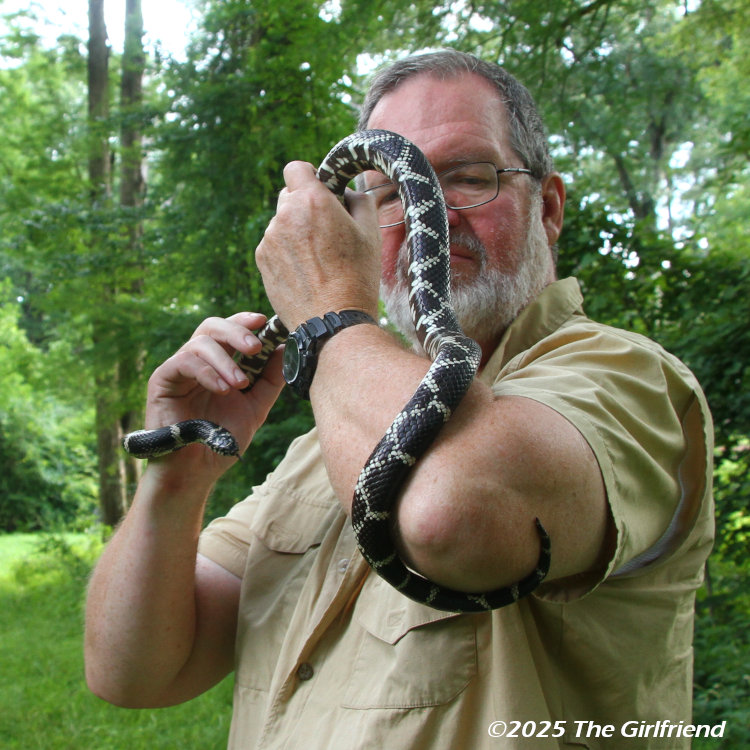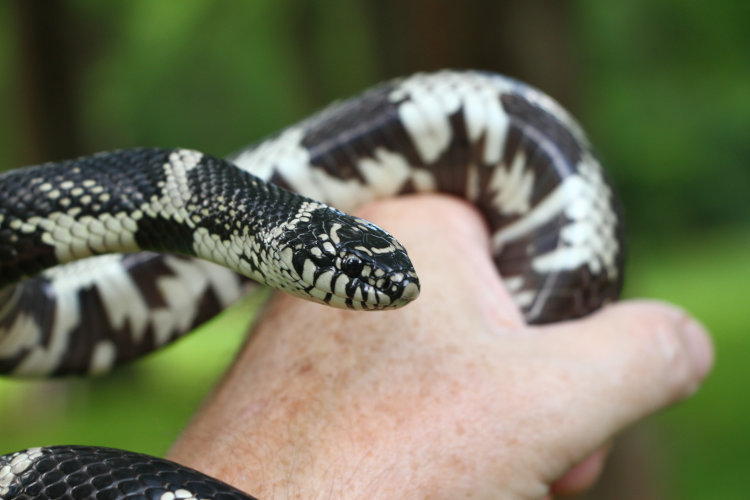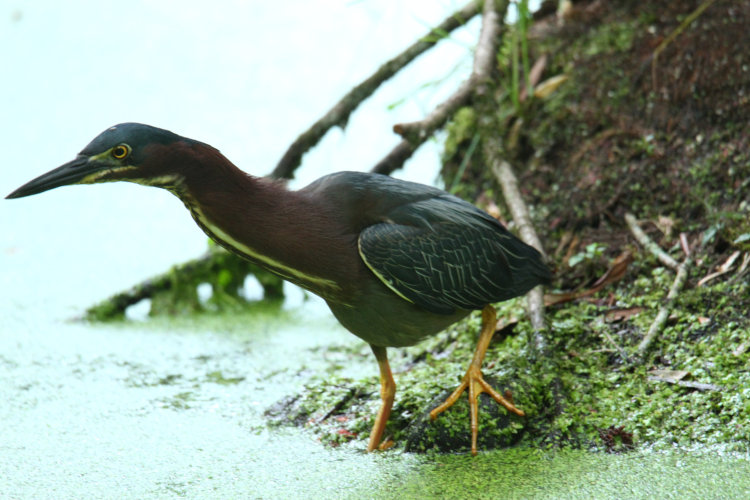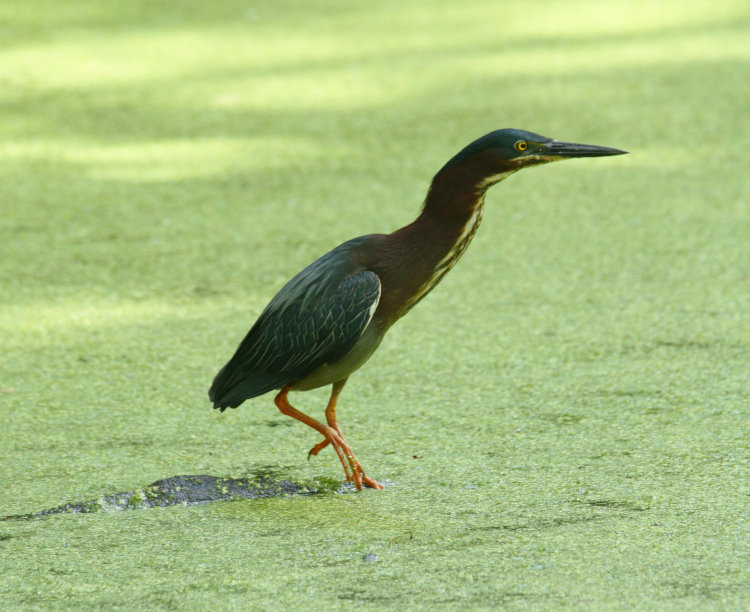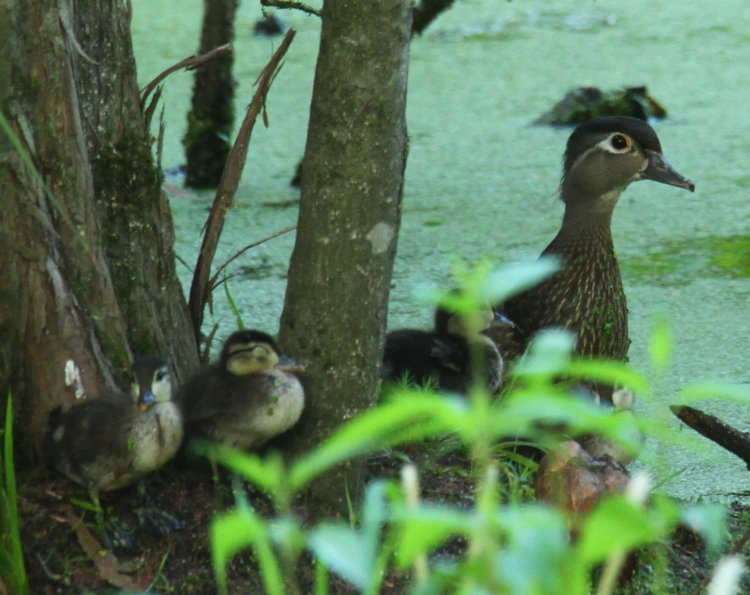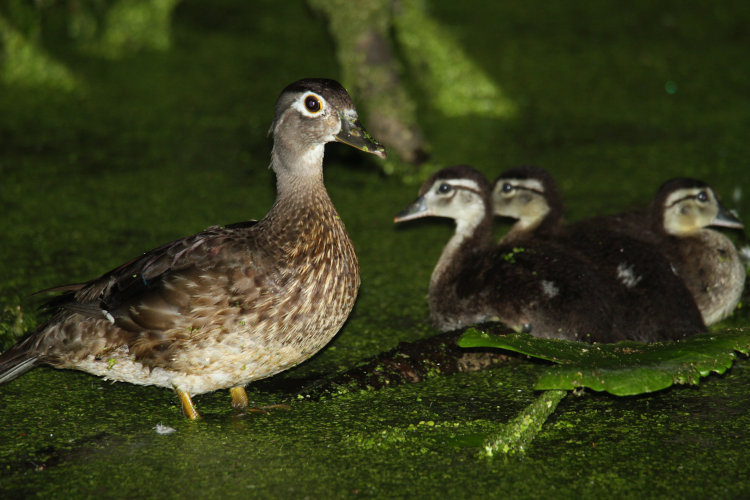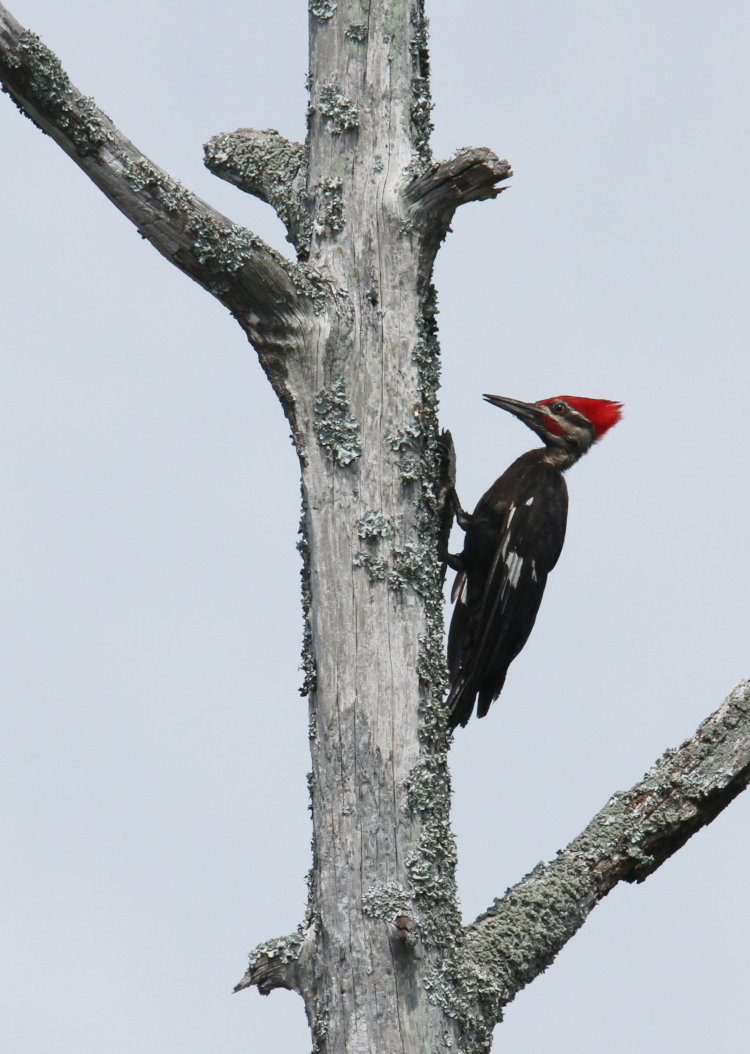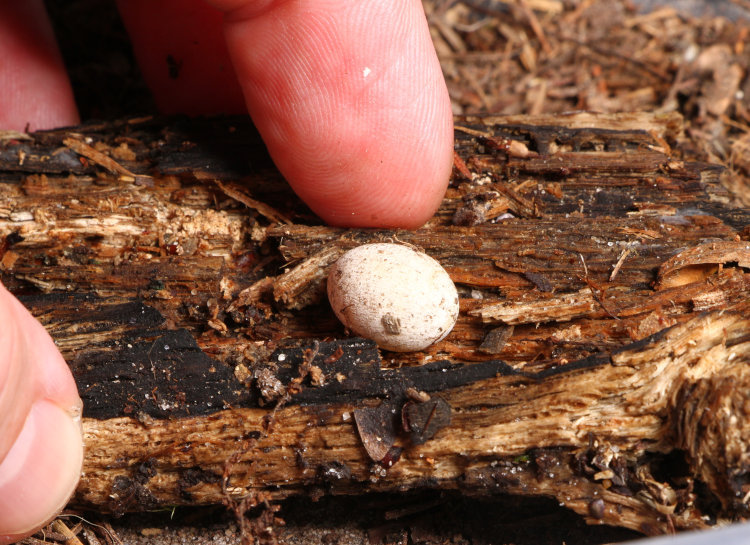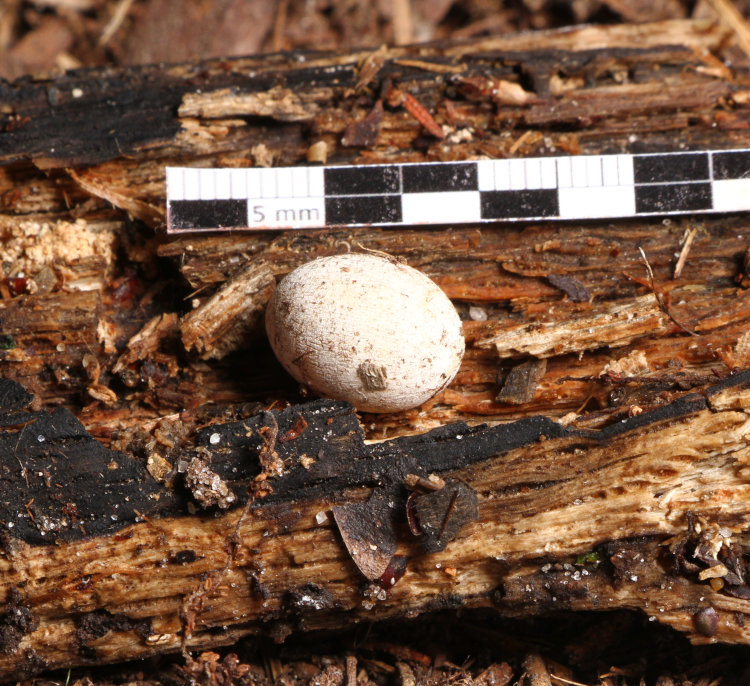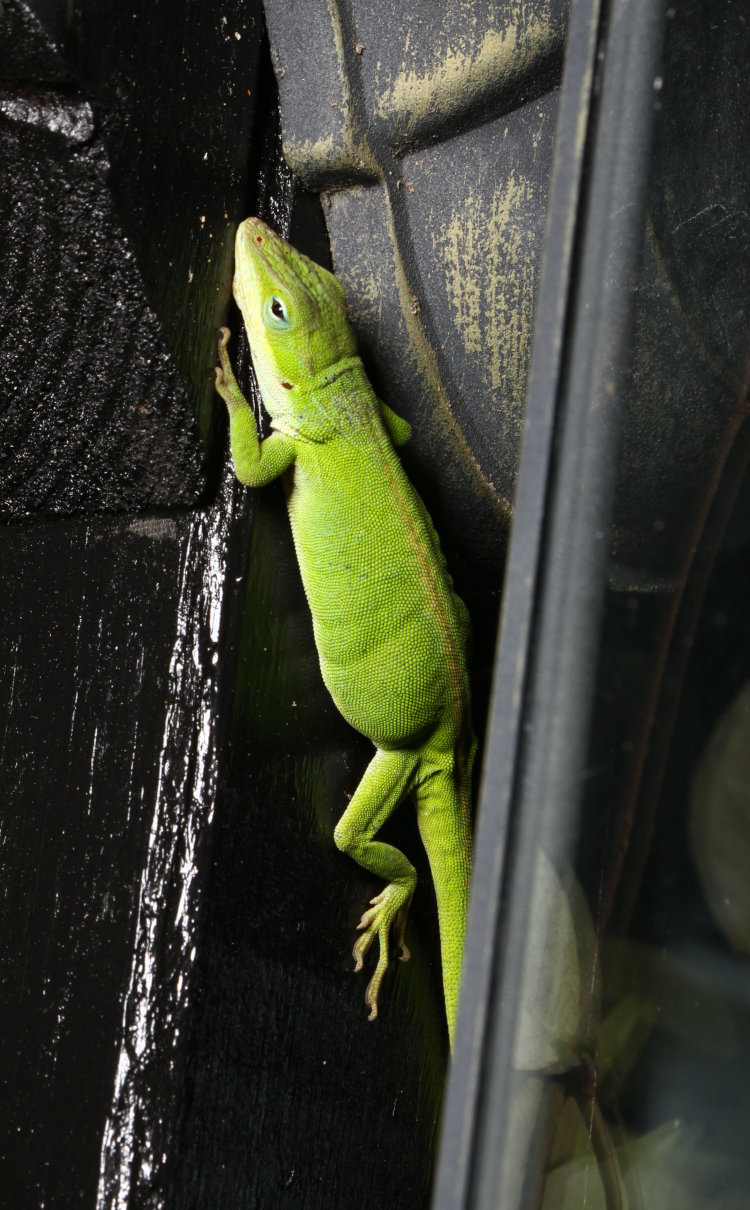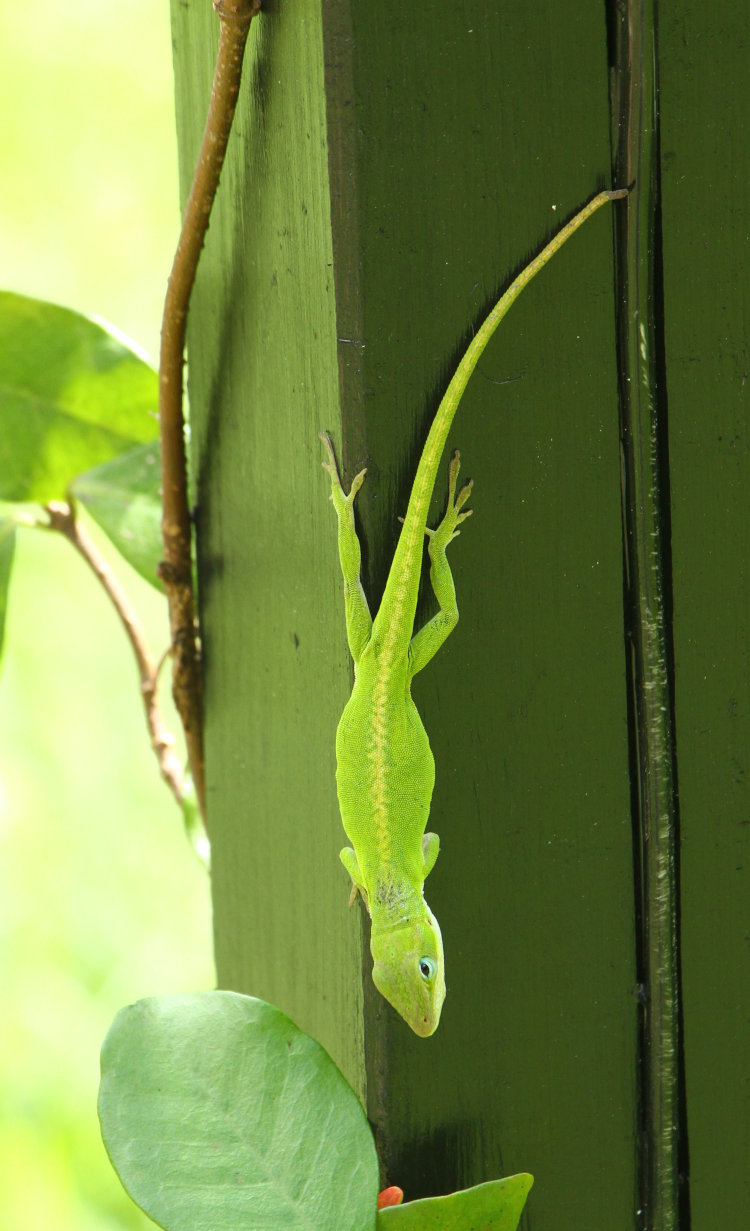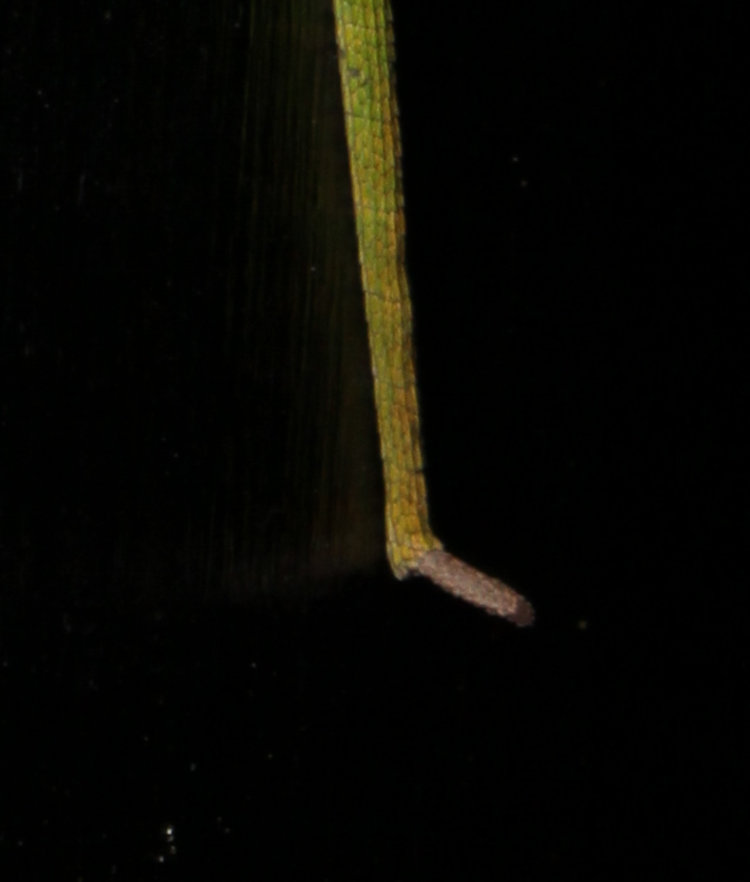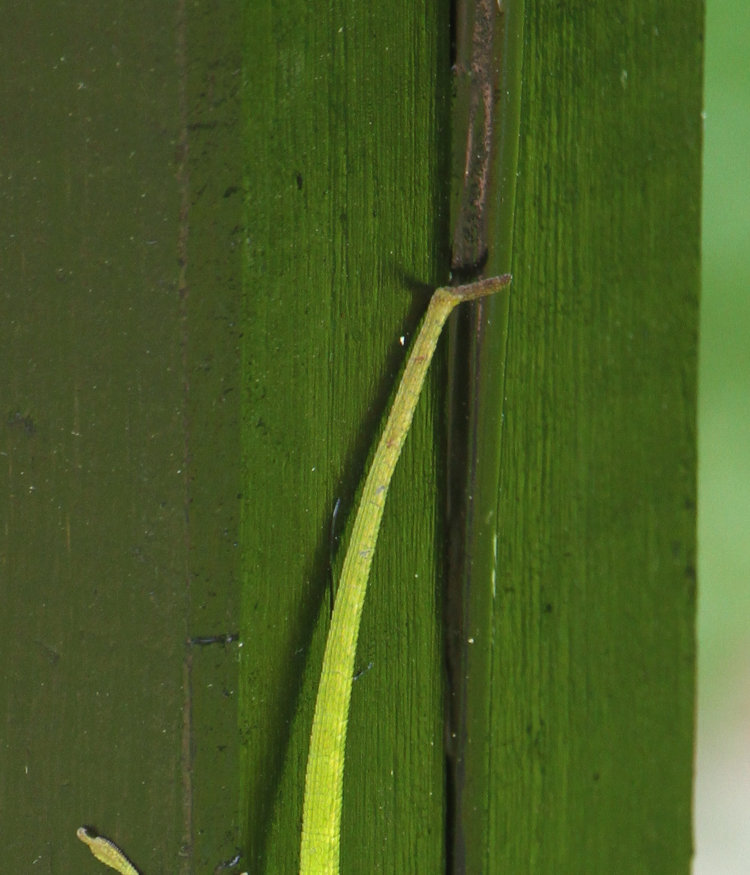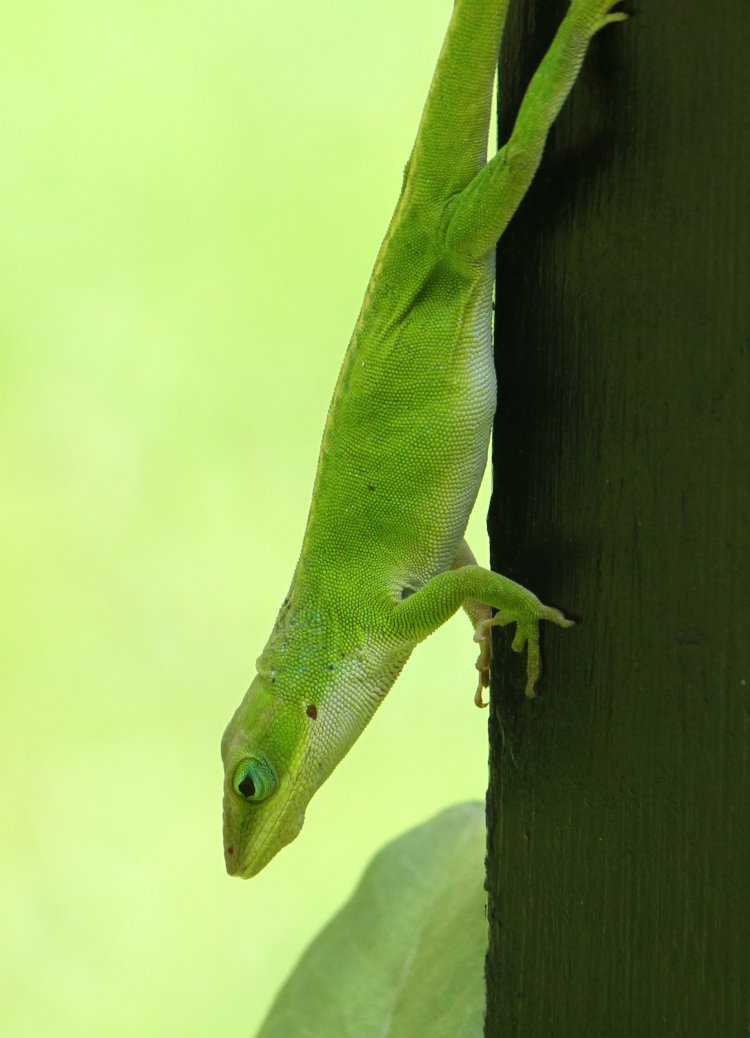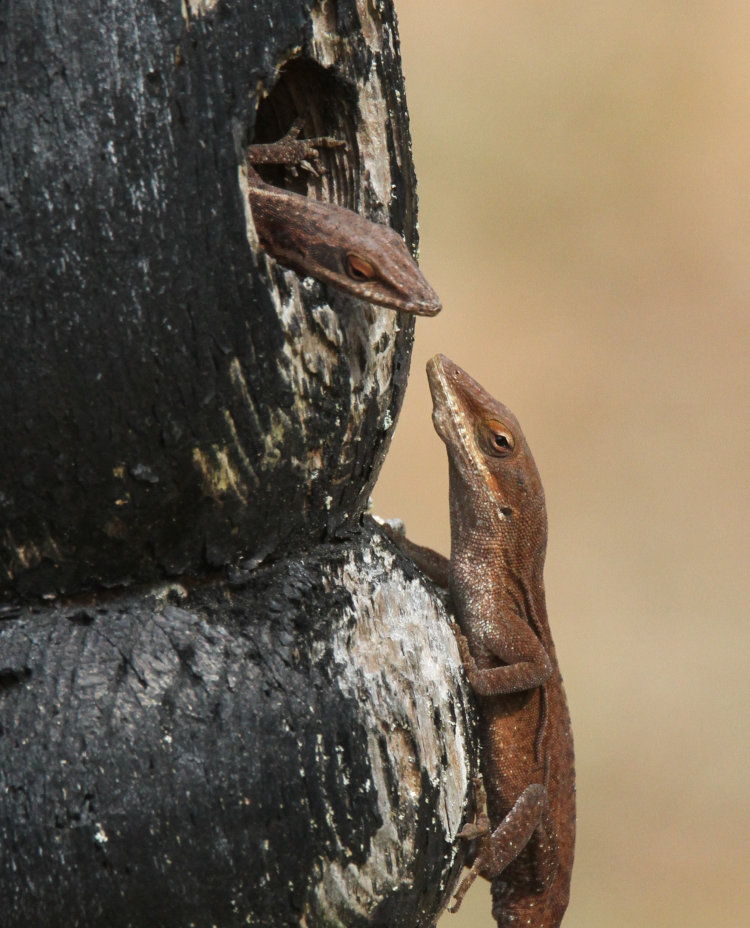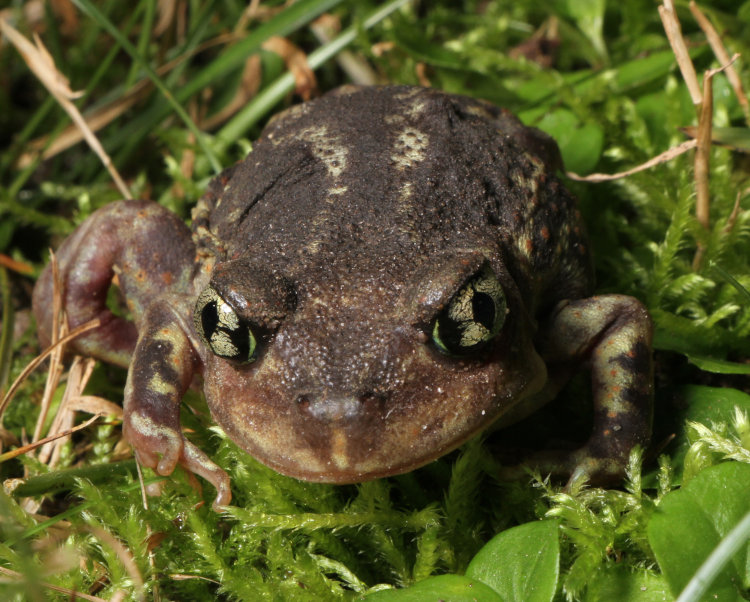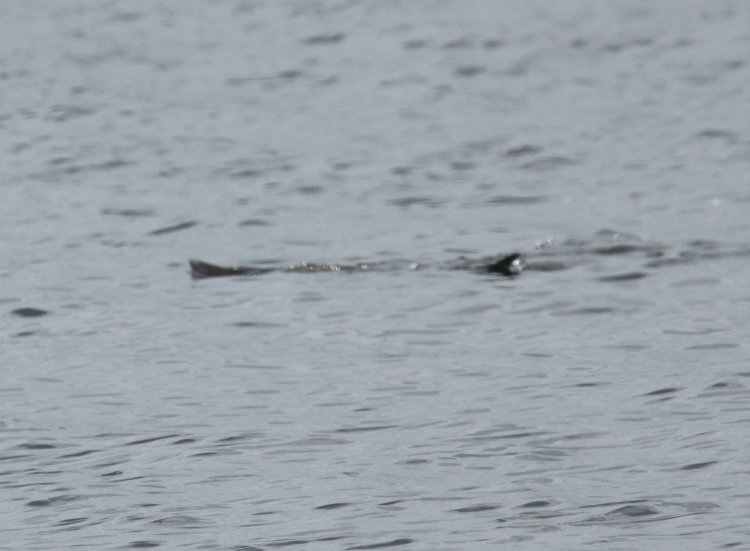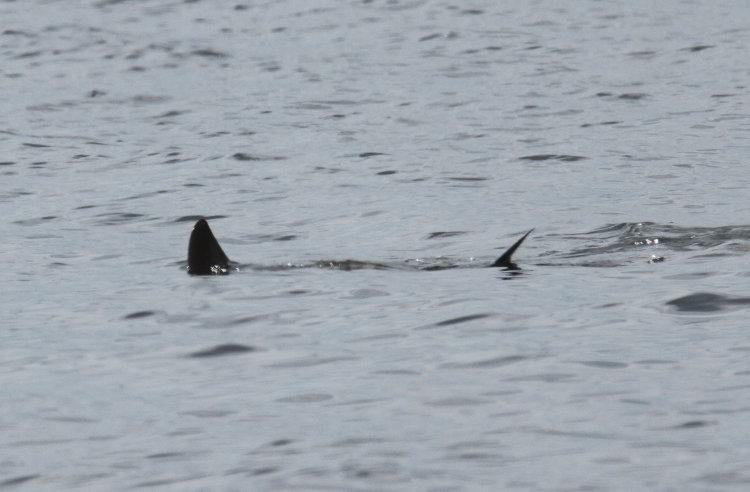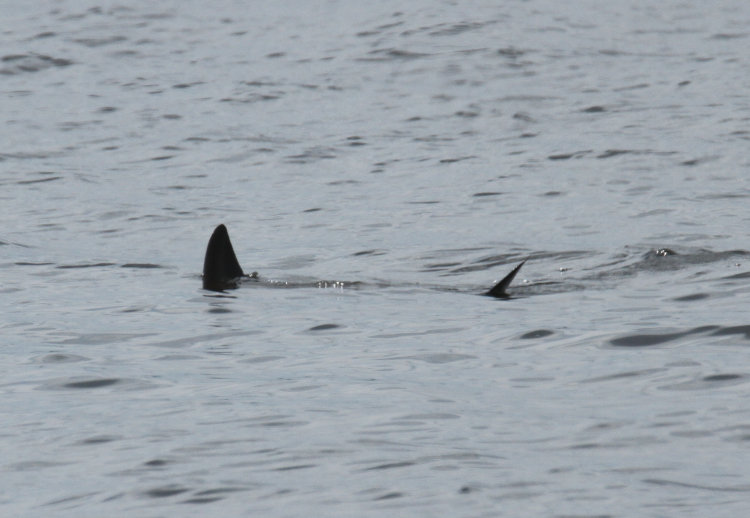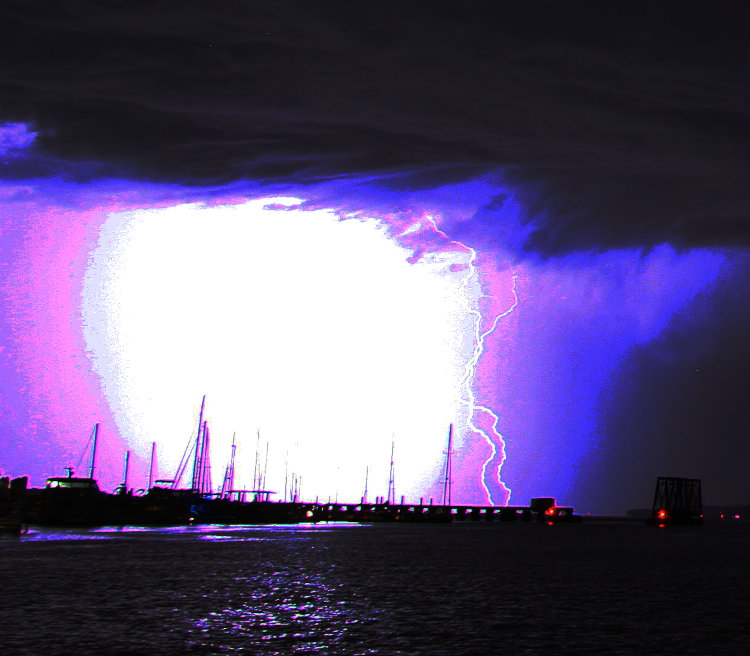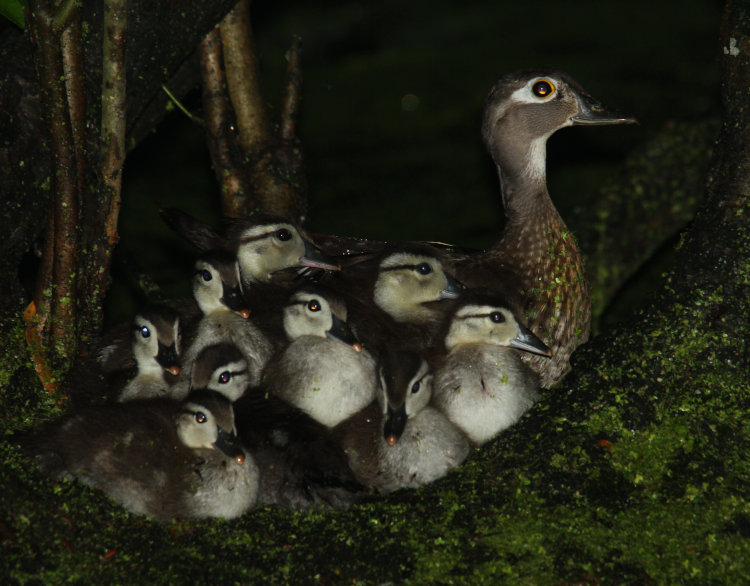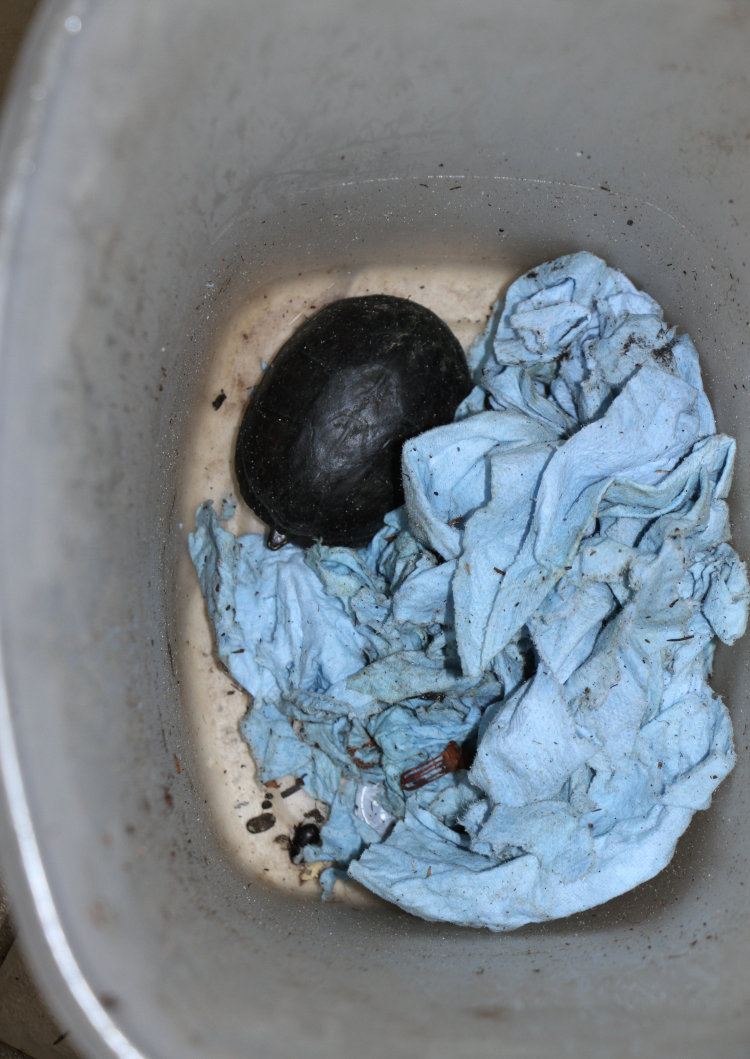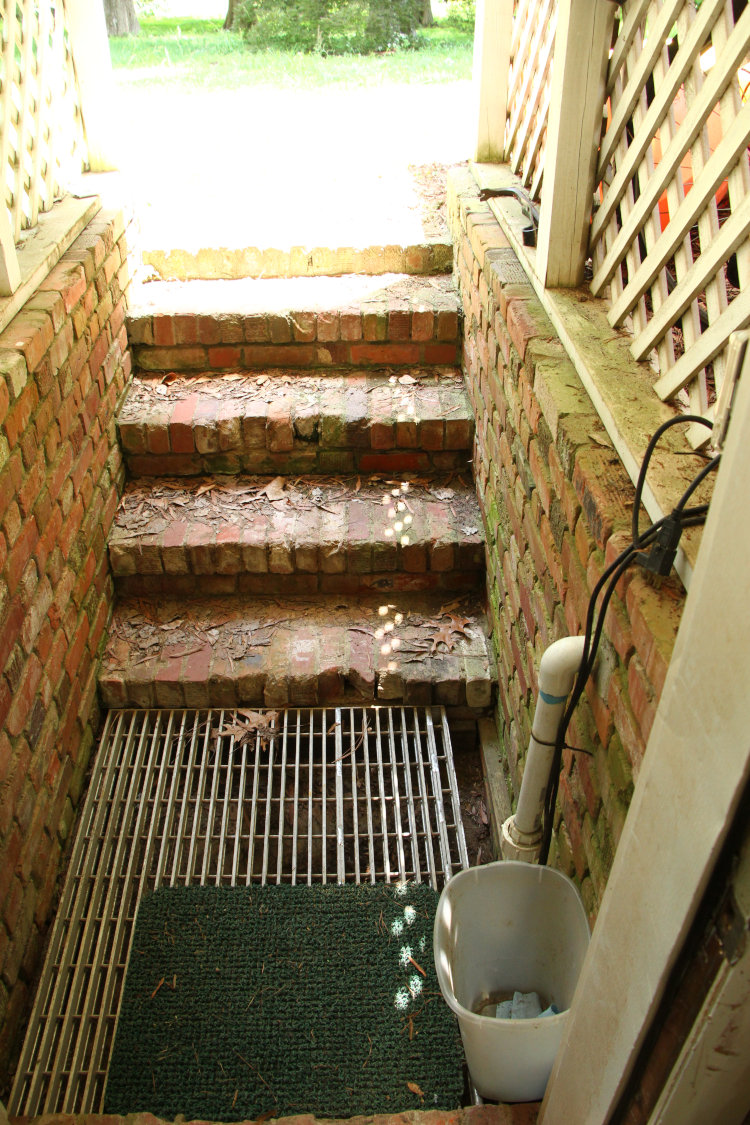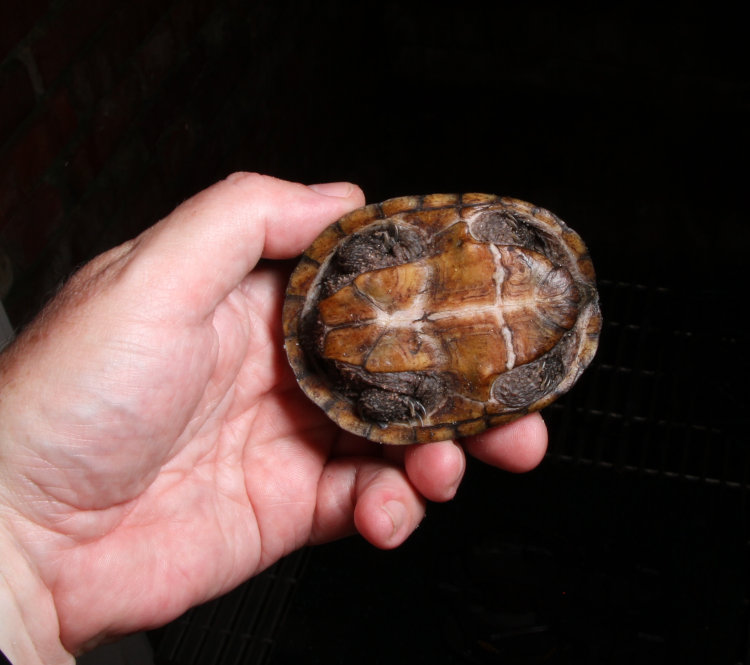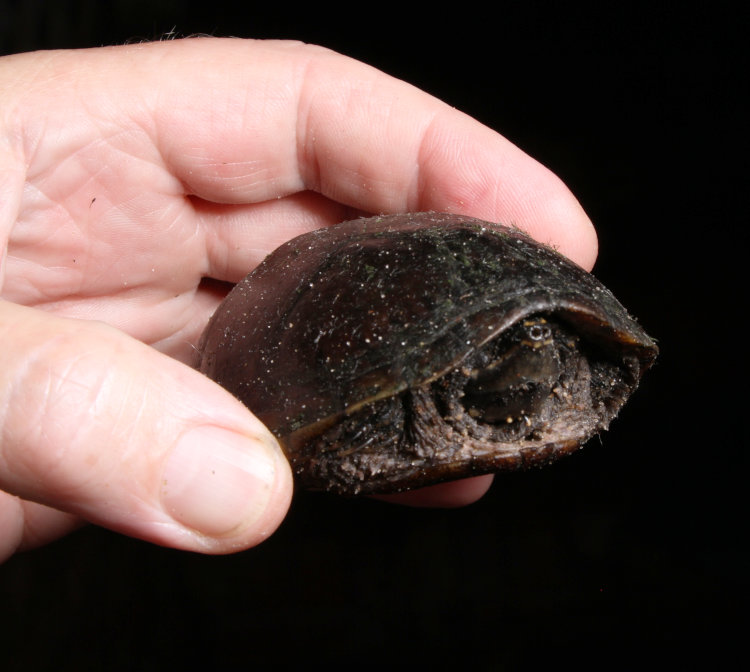Recently, I came across a link to an article on Aeon, which may be titled either “Incredible testimonies” or “The short, dramatic history of alien abductions in the US,” depending on whether you go with the title in the opening graphic or in the meta tag for the page that shows in the browser tab. Written by Greg Eghigian, a professor of history and bioethics at Pennsylvania State University, and edited by Sam Haselby, it seemed (based on the second title, anyway) to be right up my alley, as I’ve had a sideline interest in UFOs/UAPs for some time now, though definitely from a skeptical standpoint, and am quite familiar with much of the field. So I dug into the article with interest.
The first thing that I’ll say is, there was a marked difference between what I was familiar with and what the article divulged; often, this will be a good thing, because it means that I’m learning something that I never knew before, or a different perspective, or something along those lines. Not so in this case, however, because the article had a distinct bias, but much worse, managed to avoid or gloss over some really crucial details, ones that, had the author done any decent research whatsoever, I cannot believe he was not acutely aware of. As always, I will encourage you to read the article in its entirety, both to be familiar with what I’m going to review here and to avoid any accusations that I’m quote-mining or taking things out of context, though I will be directly quoting several sections below.
The article opens with:
In 1992, Sheila (a pseudonym) sought the help of a prominent psychiatrist. Since the death of her mother in 1984, she had regularly found herself angry, sad and irritable. She was also experiencing terrifying nightmares: she would be unable to move, her body felt like it was vibrating, and she had dreams that someone or something was controlling her body. In one dream in particular, Sheila’s house filled with a high-pitched noise and flashing lights. Then, she saw several short, thin-limbed beings covered in silver walking down the hallway toward her bedroom.
Now, anyone even passingly familiar with abduction stories, possession stories, or psychology will immediately see the distinctive traits of sleep paralysis, which took quite some time to be identified but is now well understood to be a crossover state between differing stages of sleep that some people are quite prone to. It is, in essence, a mere nightmare, but distinct in the feelings of paralysis or restraint while under the threat of someone or something in the room, while the sufferer is usually convinced that it is not a dream (because of this crossover trait.) It’s quite well documented (and feel free to do your own search) – just, never mentioned at all in the article.
Instead, we find that ‘Sheila’ eventually contacts John Mack, a “Pulitzer Prize-winning psychiatrist and professor at Harvard Medical School.” This little offhand comment about the Pulitzer was a small red flag, one I was willing to let slide initially even though the name was quite familiar, since John Mack is notoriously known in skeptical circles, as well as professional ones. A Pulitzer is, naturally, a journalistic prize and has nothing to do with psychiatry or medicine or anything related to his academic standing; it was received for Mack’s biography of T.E. Lawrence and so has no bearing whatsoever in this article.
Onward:
Mack used hypnotic regression – a technique designed to recover lost memories – to help Sheila find out more about her past. The method seemed to work, and it confirmed what had been suspected: she was having alien encounters.
I considered this foreshadowing as the author built the case, and I expected the article to delve a little deeper into this technique, because it has quite a history, but instead it quickly turned elsewhere. It relates how stories of UFO/UAP encounters surged in the eighties and nineties, and touches on how popular it was in books, TV shows and even movies – though never making any recognition of which might have caused which. But then:
Why did this extraordinary phenomenon that challenges commonsense certainties about the real world suddenly disappear from the list of popular concerns? The answer lies in who ultimately got to decide what was and what wasn’t true about alien abduction, and how they managed to not so much solve its riddle as reconcile themselves with the phenomenon.
That’s some seriously slanted prose there, for anyone that actually knows the subject. We’re going to come back around to this, but right now, we continue right where we left off above:
Debate over the authenticity of paranormal phenomena is hardly new. Historically, authorities of various kinds have been called upon to decide on episodes and cases. In much of 16th- and 17th-century Europe and the New World, for instance, the Inquisition often determined whether the sickness or death of livestock or a person had a supernatural cause, and whether someone accused was in fact a witch or not. In the 18th century, the Habsburg empress Maria Theresa turned to physicians to evaluate if reports of vampires in the empire had natural explanations. In 1784, France’s King Louis XVI appointed two expert commissions that included astronomers, chemists and doctors to conduct experiments to establish if the phenomenon of mesmerism was due to a mysterious, invisible fluid or simply the product of the fevered imaginations of the easily influenced. And in 19th- and early 20th-century Britain and the US, a mix of researchers with backgrounds in psychology, philosophy, physics, philology, anthropology and stage magic investigated some of the age’s most prominent occult claims: mediumship, apparitions, haunted houses, clairvoyance, telepathy.
Okay, good. We’re starting to establish the idea that self-proclaimed experts in things like witchcraft and ghosts might not only have no real evidence to back themselves up, they might also have a vested interest in promoting the ideas in the first place, while scientific investigations are a much less biased and more evidence-based method to evaluate claims. Let’s see how this progresses:
In all these instances, figures in positions of authority either moved to or were drawn into establishing some consensus truth about supernatural claims. Often, in the Western world at least, these authority figures came from the Church, the state or academia. In some cases, such as vampirism and mesmerism, officials recruited outside specialists to look into matters; in other cases, such as ghosts, researchers took it upon themselves to weigh in. As such, what defined ‘expertise’ in the extramundane and uncanny was not always obvious, opening up a veritable grey market for self-proclaimed specialists.
That’s a remarkably vague paragraph that can be taken any way you like, though from experience, the inclusion of the word “truth’ isn’t a good sign. Serious researchers don’t look for “truth” or bother with such an ill-defined and emotional concept; they seek the weight of the evidence, and probability. I considered this paragraph to still perhaps be setting up why the scientific method was useful, but the wording wasn’t leading in that direction.
Then the article turns towards another application of the recovery of ‘repressed memories’ through hypnotherapy, though in this case Mack was not involved:
Beginning in 1983, law enforcement and parents accused supervisors and teachers at the McMartin Preschool in California of sexually abusing children in their care. In interviews with social workers and police, witnesses reported the abuse was organised as part of violent satanic rituals. Over the next decade, reports of so-called satanic ritual abuse emerged across the US as well as Canada, the UK, Australia, the Netherlands and Germany. In the McMartin and several other cases, some of the accused were criminally charged and put on trial. By the mid-1990s, however, courts threw out the charges in some of the most high-profile cases.
Okay, good, we’re building the story here, if perhaps just a little weakly. There was a huge surge, though notably only among a handful of mental-health professionals, in the idea of recovering repressed memories, and this led to some high-profile court cases as well as a shitload of media attention.
Within a few years of the first allegations, journalists and social scientists began publishing critical assessments of the evidence, questioning the reliability of child witness testimony. They also drew critical attention to officials’ use of suggestive and aggressive interview techniques that steered answers and encouraged embellishments. Noting how both evangelicals and the tabloid press highlighted the roles of satanism and cult-like rituals in the cases, critics portrayed the wave of accusations as a modern-day ‘witch hunt’. By the mid-1990s, a consensus formed that the whole affair had been the product of a baseless moral panic that had exploited the vulnerabilities of children and parents.
Again, a little weak on the failures of the techniques, as well as completely skipping over some of the backlash. This is also the second time that “consensus” was used, implying that the matter was decided more along the lines of voting than examining the weight of the evidence. And before this paragraph was complete, we have this sentence appended:
It is also true, however, that subsequent research about the prevalence of child sexual abuse has raised questions about whether this conclusion is too facile.
And that, right there, shows that the author either hasn’t understood the subject matter at all, or chooses to interpret it in his own manner.
Let me be specific: the sudden crash of repressed memory techniques came from several distinctive studies and trials which showed that hypnosis makes the subject far too susceptible to leading questions from the therapist, capable of completely creating a narrative in the patient’s mind that had never before existed. Several of the leading memory recovery specialists, John Mack among them, were known to be able to find ‘evidence’ of alien abductions or child abuse or repressed memories of traumatic events because they led their patients down a primrose path towards them in the first place, and their track records of ‘successfully uncovering’ episodes of alien abduction or child abuse were incredibly high, far higher than anyone would reasonably expect – and still without corroborating evidence despite these elevated numbers. In short, they were producing classic examples of “gaslighting” before the term was even widely used. Many other mental health professionals were more than suspicious about the entire idea of repressed memories, because they dealt with people constantly who were traumatized by things they wanted to forget but couldn’t – there was no evidence, save for the results from this handful of ‘specialists,’ that any such thing as memory repression could even exist. Add onto this the well-known concept that children are notoriously difficult to question about events, regardless, because there is too little distinction between fact and fantasy while young, as well as the desire/compulsion to get the ‘right’ answer for adults. And it can be as simple as the difference between the question, “Who was there?” and, “Was there a man there?”
So while we should not, in any manner whatsoever, dismiss accounts of child abuse regardless, this does not in any way exonerate a methodology that has been found corrupt and egregiously misleading, if not producing completely false results. It’s a damn stupid thing to suggest, and bears notes of an underlying desperation to believe despite evidence to the contrary.
Further:
As a problem in social knowledge, the satanic ritual abuse episode posed some of the same challenges in social epistemology arising from reports of alien abduction at the time. Both raised real intellectual and ethical questions about the proper ways to acquire, evaluate and present the testimony of witnesses who may be apprehensive and vulnerable.
Well, no. The questions raised were how to obtain accurate information without introducing any bias whatsoever, and this is where the crossover between psychiatry/psychology and the ‘hard sciences’ such as physics and biology started taking more of a lead, since the hard sciences had methods in place to try and eliminate incorrect results or assumptions, while psychiatry and psychology did not rely on these very much – see the history of Freud’s research and how long it took to realize most of it was utter bullshit. Too much of the evaluations of mental health and mind-based maladies were based on pronouncements by the professionals without any decent methods of demonstrating accuracy, because the fields had never relied on replication, falsification, or eliminating alternate causes.
The heart of the matter is how can we believe the seemingly incredible? In the case of satanic ritual abuse claims, this was ultimately settled – at least to the satisfaction of most observers – by the courts. Criminal justice assumed the role of the appropriate social epistemologist.
Wrong on both counts. Ritual satanism arose in folkloric beliefs, fueled by the rise of televangelists and their ludicrous, wolf-at-the-door postulations, but never had any convincing evidence behind them in the slightest – it was the kind of things that ‘everyone knew’ was happening but somehow no one had ever directly witnessed, and it was effectively quashed by the lack of direct evidence, requested from law enforcement departments nationwide, and an FBI investigation that directly concluded that there was no evidence of any form of satanic rituals nor organized black masses.
[Aside because I’m sure someone will start squawking: Yes, there are/were two churches of satanism active in the US – both of them more tongue-in-cheek than having anything to do with belief in satan as an entity or even distinct concept, and neither ever practiced any form of black masses or sacrifices in the slightest. Neither are even remotely related to any of the claims made.]
The article begins to wander significantly at this point, and suffers from a far-too-common trait of online articles: being wordy and meandering back and forth without getting to the point. I’m fine with building a case, even the suspense in the reader, but the author does not appear to actually know what he’s building to, and constructs his edifice only to slap it aside with a comment or three in a later paragraph.
Caught up in what the literary critic Frederick Crews dubbed ‘the memory wars’ of the 1990s, alien abduction found a place alongside satanic ritual abuse, recovered memories and multiple personalities as something deemed scientifically spurious. Witnesses were not suspected of lying. Rather, the recollections of abductees, it was argued, were false memories encouraged by abduction consultants through leading questions in order to imaginatively relive ‘experiences’. As such, the experiences of abductees could be seen as embellishments after the fact, with vulnerable individuals filling gaps in their memories with details lifted from popular media and abduction advisers.
Sounds good, but it falls short of the more pertinent details, especially in its wording. A couple of high-profile court cases slammed the hell out of the very concepts of recovered memories by demonstrating that they were completely false and nothing even remotely approaching scientific evidence, making the ‘expert testimony’ by the practitioners to be utterly worthless.
A key moment came in June 1994, when Harvard Medical School formed a committee to investigate Mack’s work with abductees. In its final report issued around a year later, the committee fell short of accusing Mack of misconduct, and he retained his status as ‘a member in good standing’ in the faculty. It did, however, criticise him for several shortcomings in his methods, the most serious being his neglecting to distinguish between abductees he was treating as research subjects and those who were his patients.
The wording of this dodges the bulk of the drama regarding John Mack, and feel free to look this up on your own, because his methodology is widely considered flawed and the entire concept of repressed memories is, with only minor exceptions, almost entirely expunged from the mental health fields. While Harvard (his employer) didn’t come down too hard on the concept, the same cannot be said for the greater scientific community, and for someone who felt obligated to mention Mack’s Pulitzer, somehow the author missed Mack’s notoriety in practicing and promoting something now almost entirely discounted as a viable concept.
Now watch this:
As had been the case with satanic ritual abuse, the backlash from behavioural scientists and clinicians had a palpable impact on public opinion. This was also evident at the box office, as filmmakers cooled to the idea of adapting abductee stories for the big screen. The conclusion, then, would seem to be that researchers and practising clinicians stepped in to debunk the phenomenon and succeeded in undermining its credibility.
But, in fact, most behavioural scientists and treatment specialists who took positions on the matter did not categorically repudiate alien abduction. Instead, they tended to see it in clinical terms, as a phenomenon evolving out of therapeutic-like settings and encounters, where the process was not about reconstructing an accurate picture of one’s past but rather about developing personally believable and productive stories about that past. Even the Harvard committee investigating Mack made it clear that members were not in the business of deciding or assuming whether alien abductions were taking place or not.
This is only a variation of the hoary old dodge so cherished by UFOlogists, Bigfoot-chasers, and the religious: “You can’t prove this doesn’t exist!” And with that, science gets thrown back out the window in favor of supposed logical challenges, even while the article was paying a little lip-service to how badly these topics had fared when examined empirically. But science, and even those that just understand what logic actually is, doesn’t bother with trying to impossibly prove a negative; the goal is to establish positive evidence. And when the only positive evidence was obtained through a corrupt and discounted method, well, you have nothing now, don’t you?
And so we come to our concluding paragraph:
In a paradoxical way, alien abduction was afforded a certain measure of legitimacy since it avoided legal authority and fell to the psychologists. The experience of abductees was real in that it was real enough to the person who believed it. So the phenomenon was effectively relegated to the status of a devoutly held belief, not unlike a spiritual conviction or idea. Viewed as a deeply felt personal belief, many people saw no problem in at least respecting reports of alien abduction as yet another perspective on reality. In this way, the alien abduction phenomenon was made relatively harmless. Now, at a time when talk of unidentified anomalous phenomena and retrievals of crashed spaceships and ‘non-human biologics’ has made its way into the world of congressional hearings, it remains to be seen whether alien abduction will stay in its place.
Wow, deft little rescue of a concept from the dustbin called ‘Irrationality,’ wasn’t it? Except, not really. We now have a variation of, “Well, what does it hurt what someone believes?”, another argument that skeptics get to hear too often. And seriously, what harm is there in letting someone have their cherished little beliefs, if it’s that important to them?
Which says an awful lot in itself, because why would someone feel compelled to maintain a cherished little belief when it’s patently false? This implies that emotional supplication is more important than reality, which is not a road that you probably want to continue down, especially when it comes to some (a lot of) specific beliefs.
But let’s go back to ‘Sheila,’ the alien abductee recounted in the very beginning of the article:
Moreover, she discovered that she had been having visitations in her home since before the age of six, and that both Sheila’s sister and daughter had also been having strange encounters. It all left her feeling violated, terrified that she was unable to protect her family, and overcome with dread that ‘they’ would return.
Well, we’re not taking about cherished beliefs now, are we? And if this was indeed sleep paralysis, then ‘Sheila’ was subjected to an elaborate campaign to extend her fears, in both breadth and time, far beyond anything remotely necessary, when she could have been diagnosed with a simple disorder that would have alleviated the bulk of her anxiety rather than increasing it; sleep paralysis was a known condition at the time of this, and something that a professor of psychiatry should certainly have been aware of. While we’ll never know for sure at this point, we’re faced with the possibility that she was misled by someone pursuing their pet project.
And this is not an isolated occurrence. The article mentions the claims of satanic rituals and abuse by McMartin Preschool, which was one of those major cases that I mentioned. The amount of suffering and anxiety that this produced, in everyone involved, was completely unnecessary and provoked by a psychiatric technique that had never been established as viable, because why bother with that? At least, that was the attitude at the time – it’s been changing since then. And we can’t ignore Gary Ramona’s case, with lives ruined by relying solely on another professional with literally no evidence outside of a corrupt belief.
A small aside here: questioning of witnesses and victims should be done only by people trained to do so, because it is a specific skill that requires avoiding bias and leading questions, interviewing multiple witnesses separately and before they have any chance to compare their experiences or be influenced by others, and maintaining a complete neutrality in the results. Far too many police departments don’t have any such staff or don’t bother with them (because obtaining a conviction is far more important than determining the ‘truth’); psychiatrists and hypnotherapists do not receive any such training for these purposes. One of John Mack’s case histories involved interviewing numerous schoolchildren all at once regarding the UFO encounter that they claimed to have had, virtually guaranteeing that most of the kids would be influenced by what they heard their classmates saying. Any opportunity to find discrepancies in the accounts, which would cast doubt on the shared experience, was thrown out the window by performing this incredibly inept move.
The article mentions the case of Betty and Barney Hill, easily the most well-known of alien abductions. But again, a bit of research would have revealed quite a bit to examine. Not only did the details of the encounter change with virtually every new hypnosis session, there was little agreement between Betty’s and Barney’s accounts until long after they’d had the chance to discuss it at length with each other. We’re led to believe that repeated sessions eventually homed in on the ‘true’ account, as long as we ignore that hypnotherapy is no longer considered viable, and that there is no point where we could confidently pronounce that we now, finally have the correct version, and that there is no way to corroborate a correct version in any manner whatsoever. That’s a lot of baggage. Then as we go deeper into the fine details of the case, we find that Betty Hill was clearly enthusiastic about UFO reports before the encounter, and that she dwelt on them constantly afterwards and maintained pages of her dreams. We also find that her first hypnotherapist considered that she was only recounting another dream (it’s amazing how often that little fact gets left out of the numerous accounts of this case.) In her later years, while she was the darling of UFO conventions, Betty Hill continued to relate how often she saw and had contact with aliens, to the point where even the die-hard UFO enthusiasts started to become embarrassed by her, since she now appeared to be more than a little delusional.
Which brings us back around to the attitude at the end of this article, the concept that alien abduction stories can be ‘legitimate’ even if they aren’t true, almost directly likening it to religion (a comparison I’ve maintained myself, though not in any complimentary manner.) If we can’t actually establish in any manner that alien abductions have occurred, or that aliens actually exist, then we’re just condoning delusion, is that correct? We’re not talking fantasy, because by definition, fantasy is understood to be strictly imaginary, but those that believe that some celebrity really does love them back have obvious issues, and at times dangerous ones. Shouldn’t we, at the very least, establish that such indulgence in unsubstantiated ideas have some benefit before we rashly pronounce them ‘okay’? Especially when the belief that aliens can abduct and perform medical procedures on anyone, without detection or means of prevention, is a significant fear within our culture anymore, almost entirely based on ‘true encounters’ such as this?
And that’s one of the worst factors about this article. Psychiatrists exist to help people – that’s the specific goal of the field. If we only want indulgence, liquor stores and drug dealers and psychic readers abound.
Physicists meticulously examine their experiments to ensure that the results they achieve are indeed from the cause that they propose, attempting to rule out as many alternate explanations as possible. Biologists narrow down all of the factors that they can think of to determine that their test subject responded specifically to the conditions introduced. Medical research relies on double-blind clinical testing, control groups, and careful examination of case studies before offering even tentative conclusions. But somehow, psychiatrists can introduce an entirely new concept of ‘repressed memories’ without ever once checking to see if they found something factual or corroborated?
It is perhaps unfortunate that Betty Hill may have been encouraged to believe in and build on something fanciful, for the rest of her life, rather than recognizing that it was nothing more than a detailed dream. It’s potentially tragic that the named ‘Sheila’ may not have received the diagnosis that would have helped her far more effectively, and saved her years of anxiety. We cannot be sure of either of these (and many similar cases,) though the evidence weighs far more in these directions rather than the ones actually taken. It’s disturbing that ‘repressed memories’ yet resides in the public consciousness as a distinct idea, without anything of merit behind it. But it’s inexcusably irresponsible that this idea made it all the way into the courts as a form of evidence without any checks or balances whatsoever, causing unimaginable chaos in the lives of everyone involved. Correcting such egregious errors can take a long time once they’ve been established, and we’ve been lucky that the efforts to correct this were as effective as they have been; we can’t say the same for Andrew Wakefield’s selfish and intentionally fraudulent efforts to discount the efficacy of vaccines. So seeing anyone attempting to whitewash the whole concept and find some manner to still support it is reprehensible.
* * *
Late in the writing of this post, I realized that the message within the original article seemed to vacillate more than a little, and then remembered that there was an editor credited too, which is not standard procedure. It occurs to me that it’s possible the article was altered in editing to change the slant or message, to make it more appealing to whatever audience was deemed the target – this happens fairly often. And if this is the case, does the blame for this whitewashing lie with the author, or the editor? Or still with both? Does it matter either way? The article remains ridiculously misleading and less than accurate.
* * * *
I had a disturbing number of tabs open during the writing of this, some of them getting linked into the text, but others deserve their own examination to better understand the issues at hand, such as:
Dr Elizabeth Loftus, whose name came up repeatedly while searching on repressed memory, since she was integral to the False Memory Syndrome Foundation study that played a large part in revealing the flaws in the concept. Dr Loftus has also produced countless works and papers regarding suggestibility and the malleable nature of memory.
‘What Psychologists Better Know About Recovered Memories: Research, Lawsuits, and the Pivotal Experiment’, another article on the topic.
‘Repressed Memory’, an article in Harvard magazine suggesting that the concept appears to be a recent cultural phenomenon rather than an affliction that should have left its mark throughout historical accounts.
Sleep paralysis. While judging the validity of anyone’s experience from a distance such as mine is irresponsible, it’s far more irresponsible to fail to take into account that some ‘recovered memory’ could be simply a common (and treatable) sleep disorder.
The Skeptoid episode on Betty and Barney Hill. Just a hint of some of the details that never get mentioned in the more credulous accounts of their experience – or, to be more accurate, their claims of their experience, since there’s barely a fragment of supporting evidence that anything actually happened.
‘The Eyes that Spoke’, an article in Skeptical Inquirer indicating that Barney Hill’s description of the aliens was remarkably similar to an Outer Limits episode that aired only two weeks before his hypnotherapy session.
‘A Study of Fantasy Proneness in the Thirteen Cases of Alleged Encounters in John Mack’s Abduction‘, another article in Skeptical Inquirer evaluating the ‘abductees’ in Mack’s own book for how many traits of being fantasy-prone that they displayed – you’ll be surprised to find the numbers are quite high.
‘Abductology Implodes’ [pdf file], an article by Robert Sheaffer for, again, Skeptical Inquirer on the abysmal presentation of three alien abduction specialists, John Mack among them, for an Abduction Study Conference at MIT in 1992. It also provides an account of the “gullibility and intellectual dishonesty” of Budd Hopkins, another of the researchers (and another name well known to those who have interest in the field) from Carol Rainey, his ex-wife and former assistant. While the link to her own article within that paper is dead, it can be found at this link [pdf file] instead – see “The Priests of High Strangeness” on page 11.
And overall, I will always recommend The Demon-Haunted World to any and every reader regardless, but especially those who find topics like this compelling.

